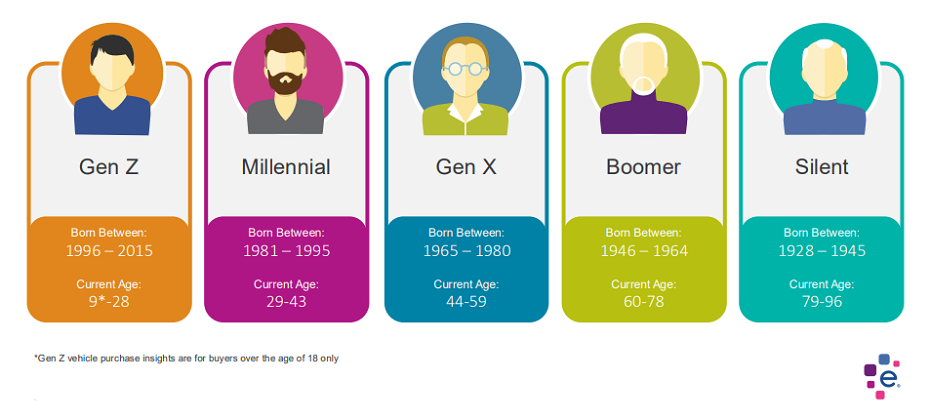
At Experian, we have a saying: It takes three things to buy a vehicle. A car, a consumer and credit. If anything disrupts this simple equation, it can be difficult for dealers and bad for consumers.
Unfortunately, there are nearly 100 million Americans with poor credit or “thin” credit files who might not be able to qualify for a loan. What is a thin credit file, you ask? A thin file is a credit file with less than five trade lines, which makes it difficult for a lender to assess a consumer as a lending risk, because there isn’t sufficient information.
Why does that matter? Put simply, a thin credit file can keep a consumer from accessing credit. And, often, no credit can mean no car sale, or interest rates that are too high for a consumer to accept.
Experian decided to do something to help consumers with thin files establish better credit. For the past three years, we have looked for ways to incorporate existing bill payment history – think utility, mobile phone or cable TV bills – into a credit report to help consumers establish a more robust credit history. With the increased adoption of online bill paying, consumers already share this information electronically every day. Why not use this history to help improve their credit profile?
The result is Experian Boost, a free tool that allows consumers to add these trade lines to their credit files. Consumers can allow Experian Boost to scan their bank account transactions and identify cell phone, utility, internet and cable payments. The information is then added to their Experian credit report and will be used to calculate their credit score.
Experian Boost will improve financial health for millions of Americans. The consumer controls the addition of information that reflects their responsible bill-paying histories to their credit profile, potentially resulting in higher credit scores, better credit products and lower interest rates.
The upside impacts everyone. It provides lenders with a clearer picture of a consumer’s creditworthiness. It’s a new way to identify and provide credit to responsible customers.
For automotive retailers, Experian Boost strengthens relationships and sales. Imagine having a willing customer who can’t qualify for a loan because they have a thin file. Perhaps Experian Boost can open access to credit for that customer. If it does, it’s one more sale a dealer can make – and one more appreciative customer who will tell others looking to buy a car about their “discovery” of a better dealer experience.
Automotive retailers can choose for themselves when and how they introduce Experian Boost to customers. It can take the form of a message during the online shopping process, or be introduced on a tablet or kiosk in the dealership during the sales process. Either way, it’s a five-minute process that could make a customer very happy in the end.
Even for consumers who have good credit, Experian Boost still can help. On average, nearly two-thirds of consumers who use Experian Boost raise their credit score. Of those who do see an increase, the average is 14 points. In some cases, that’s enough to move from one credit tier to another. The result can be lower interest rates for cars, mortgages, credit cards and other loans.
One of the best things about Experian Boost (besides the fact that it’s free) is the control it gives people over their own credit report. They can allow lenders to see more information about their credit worthiness and are free to opt out of the program at any time.
We think Experian Boost is a win for everyone. Customers get more access to credit, dealers sell more cars and lenders identify more creditworthy consumers. As the name implies, Experian is providing a “Boost” to just about everyone.


